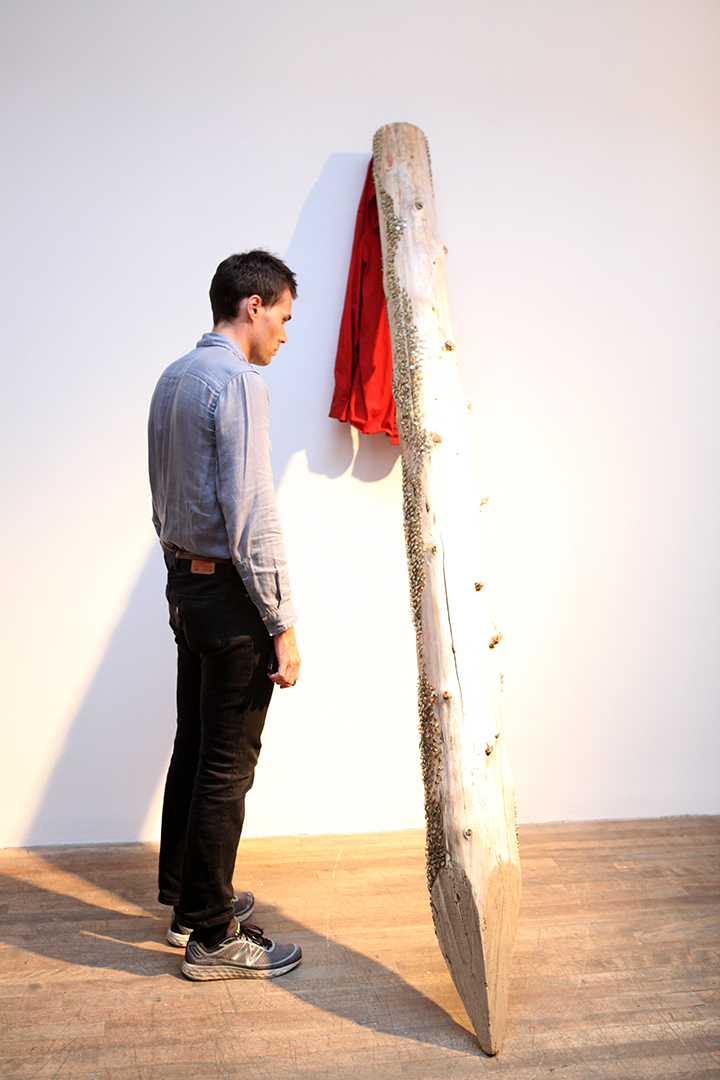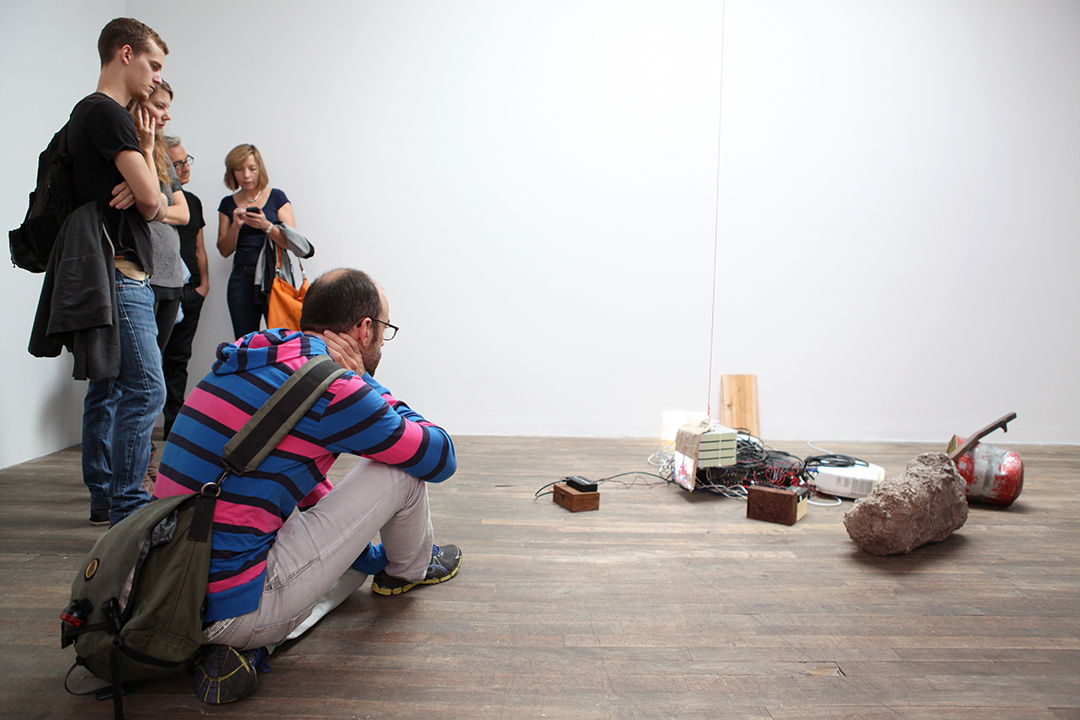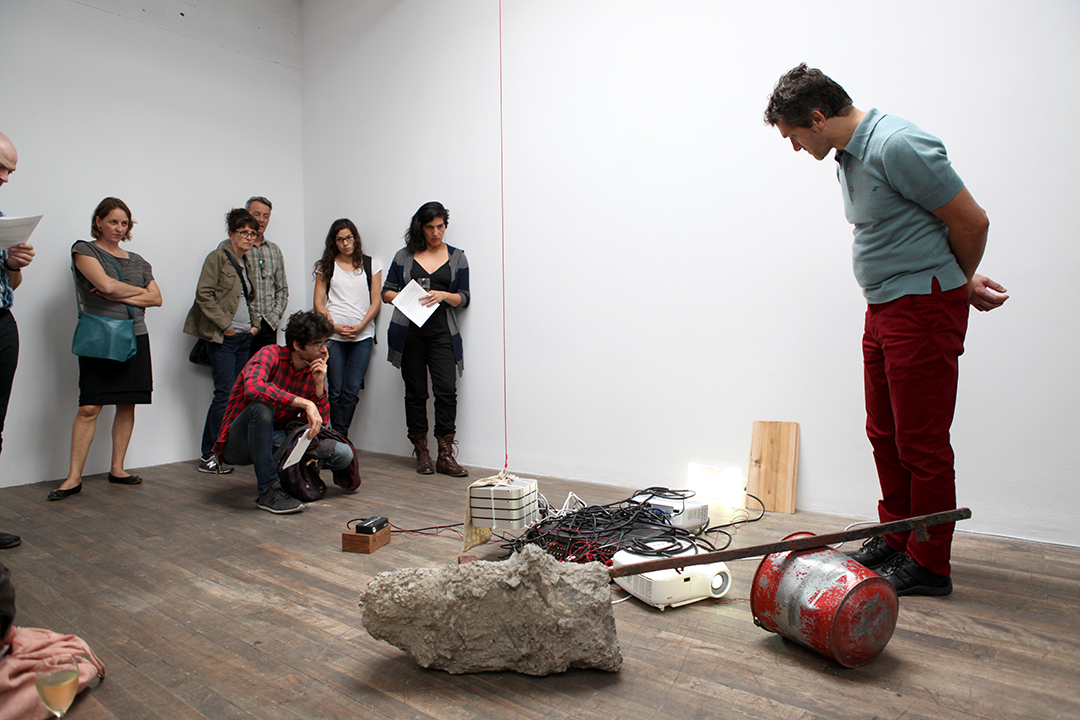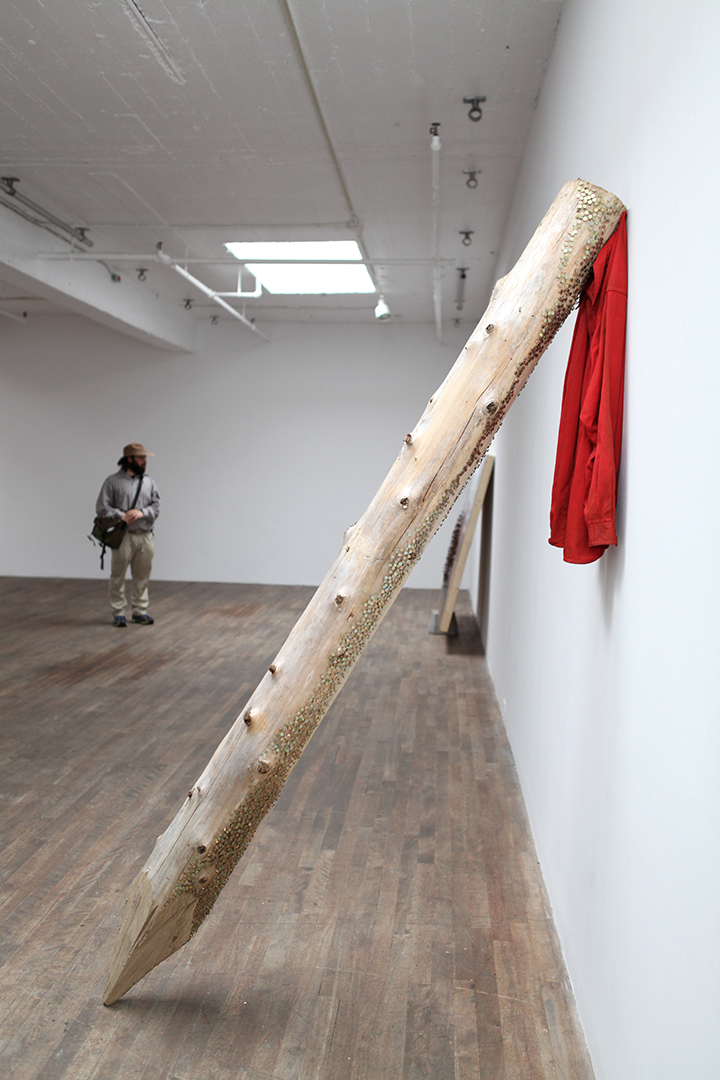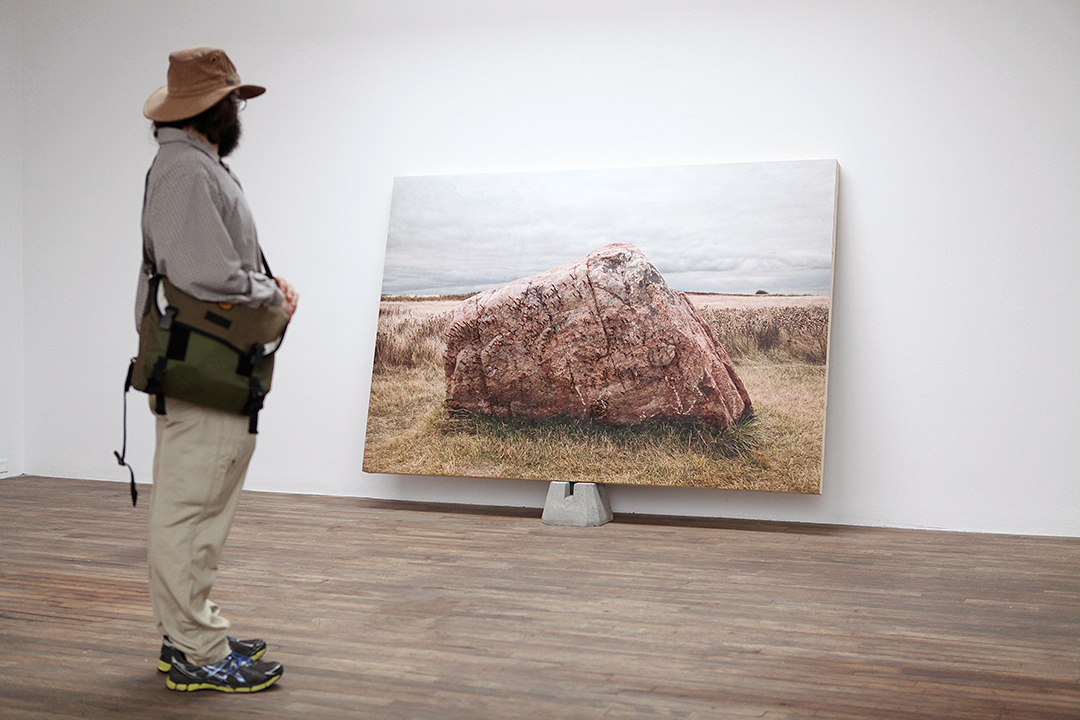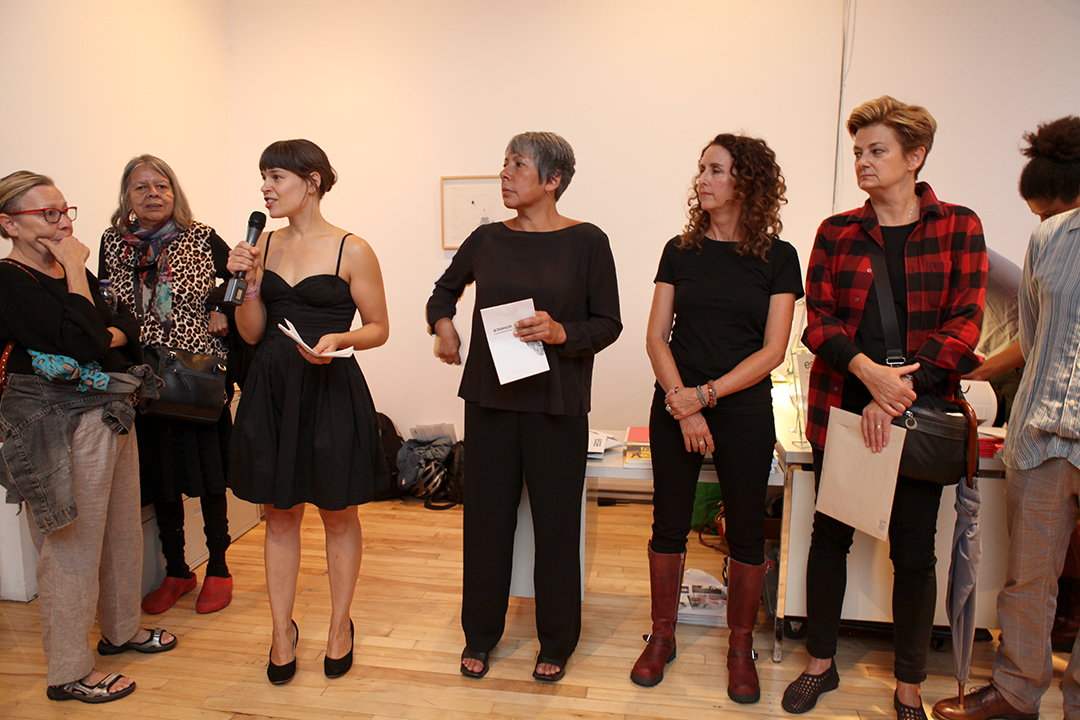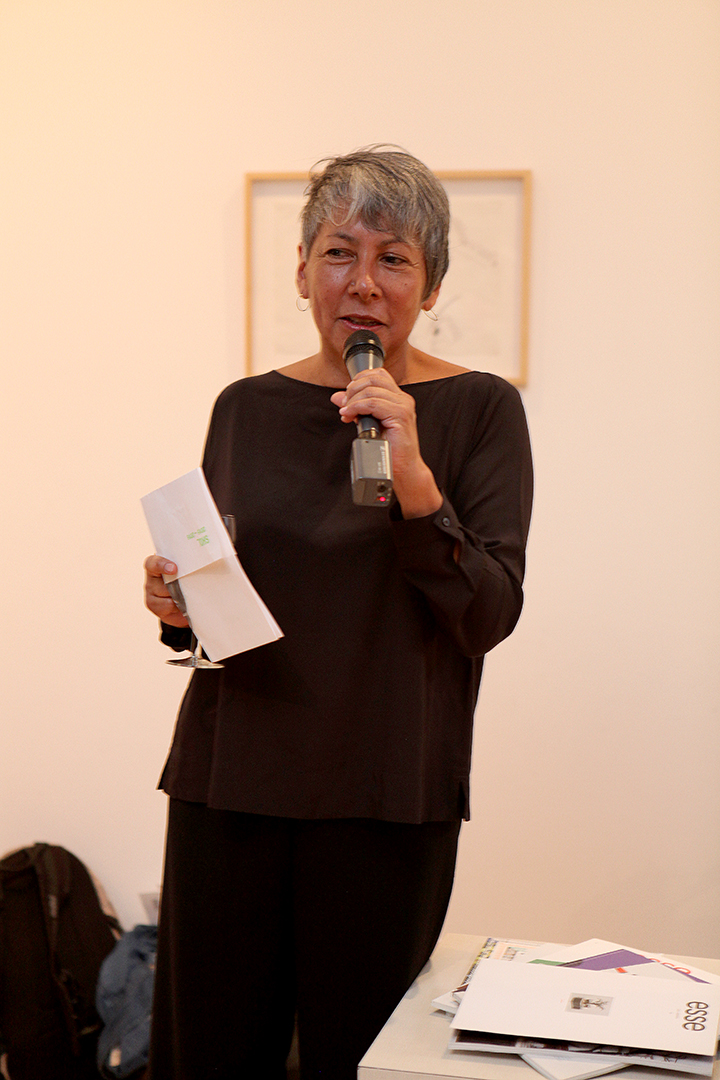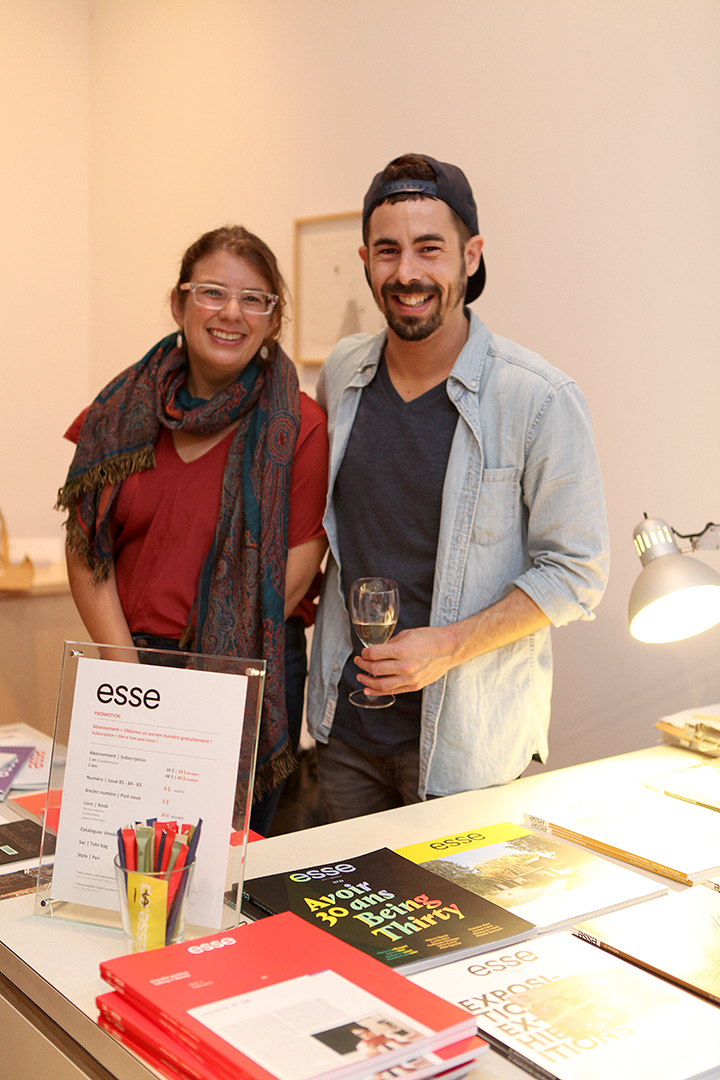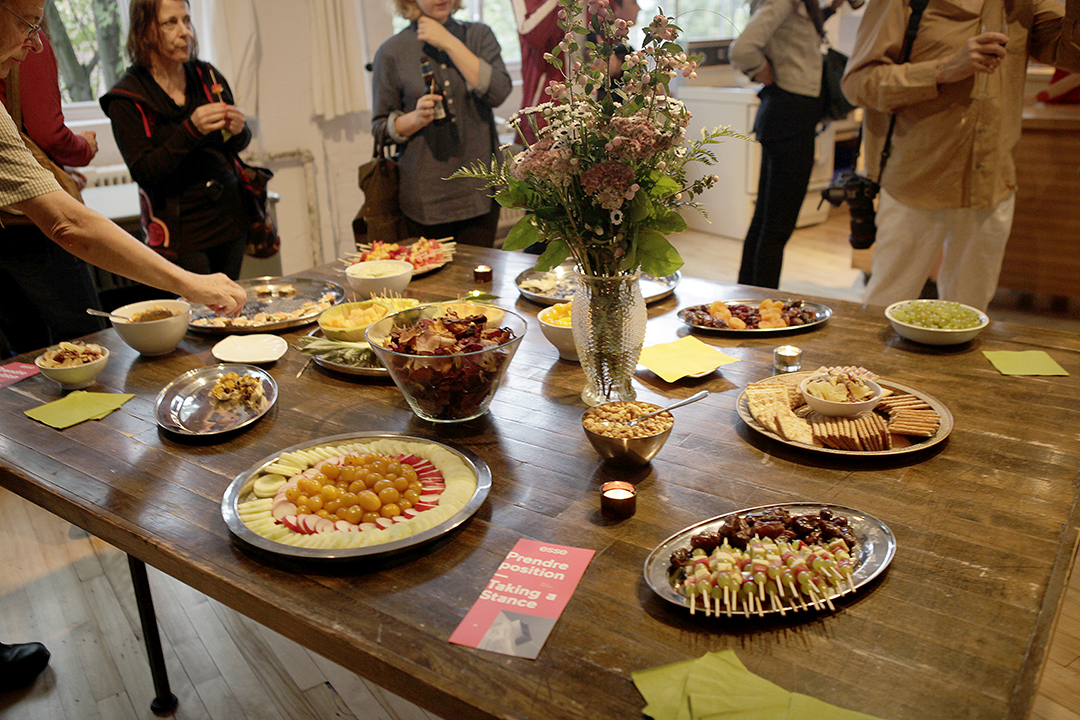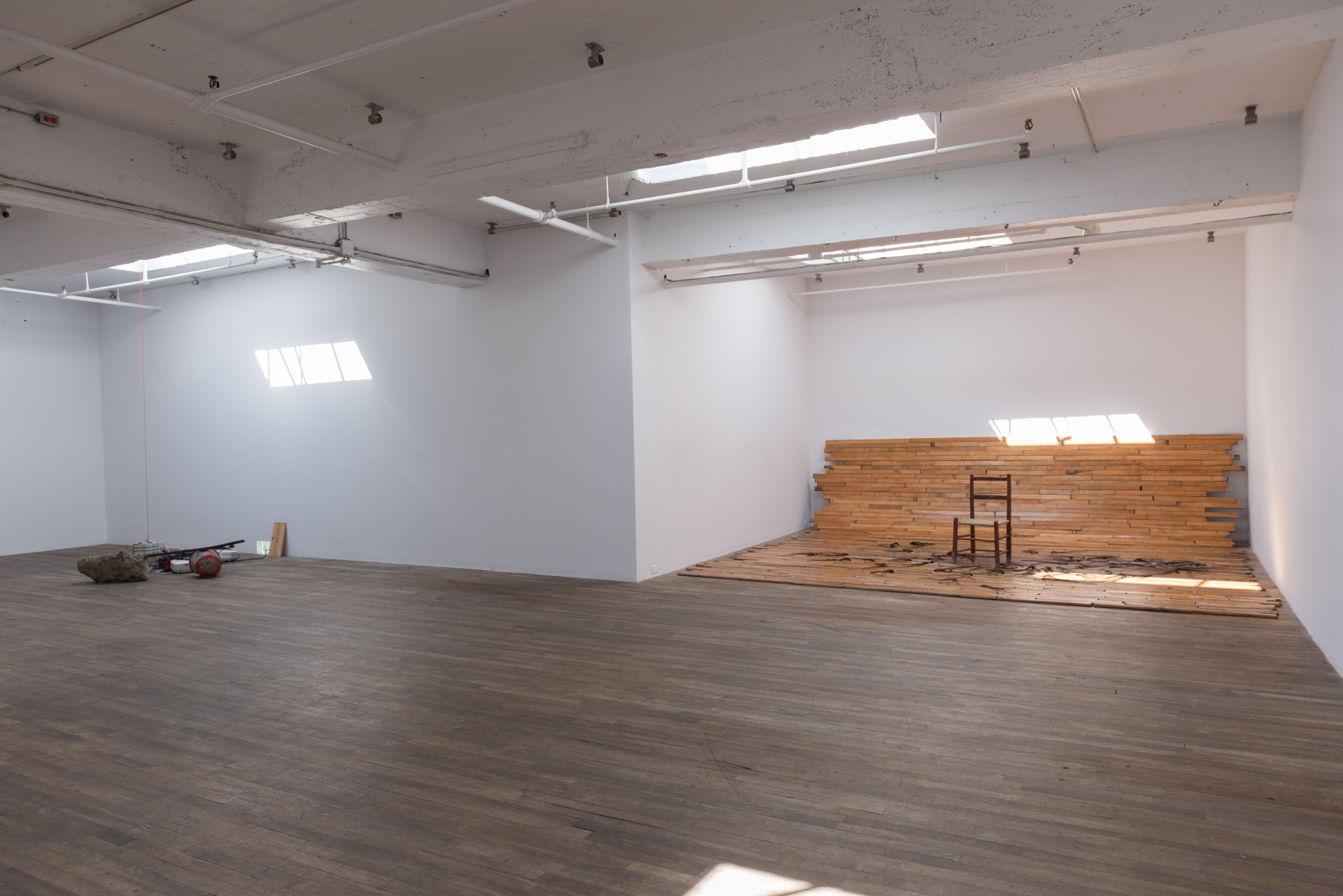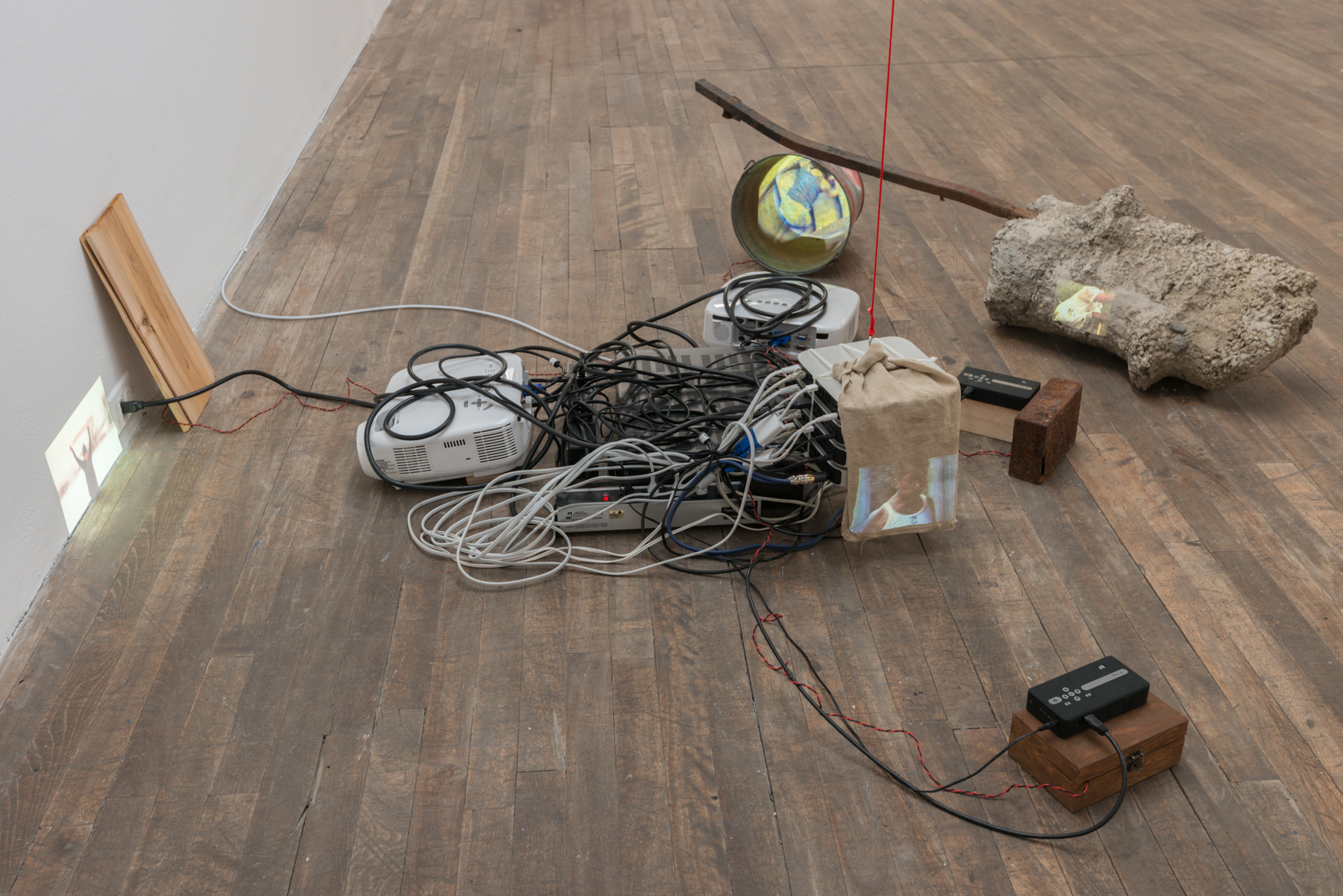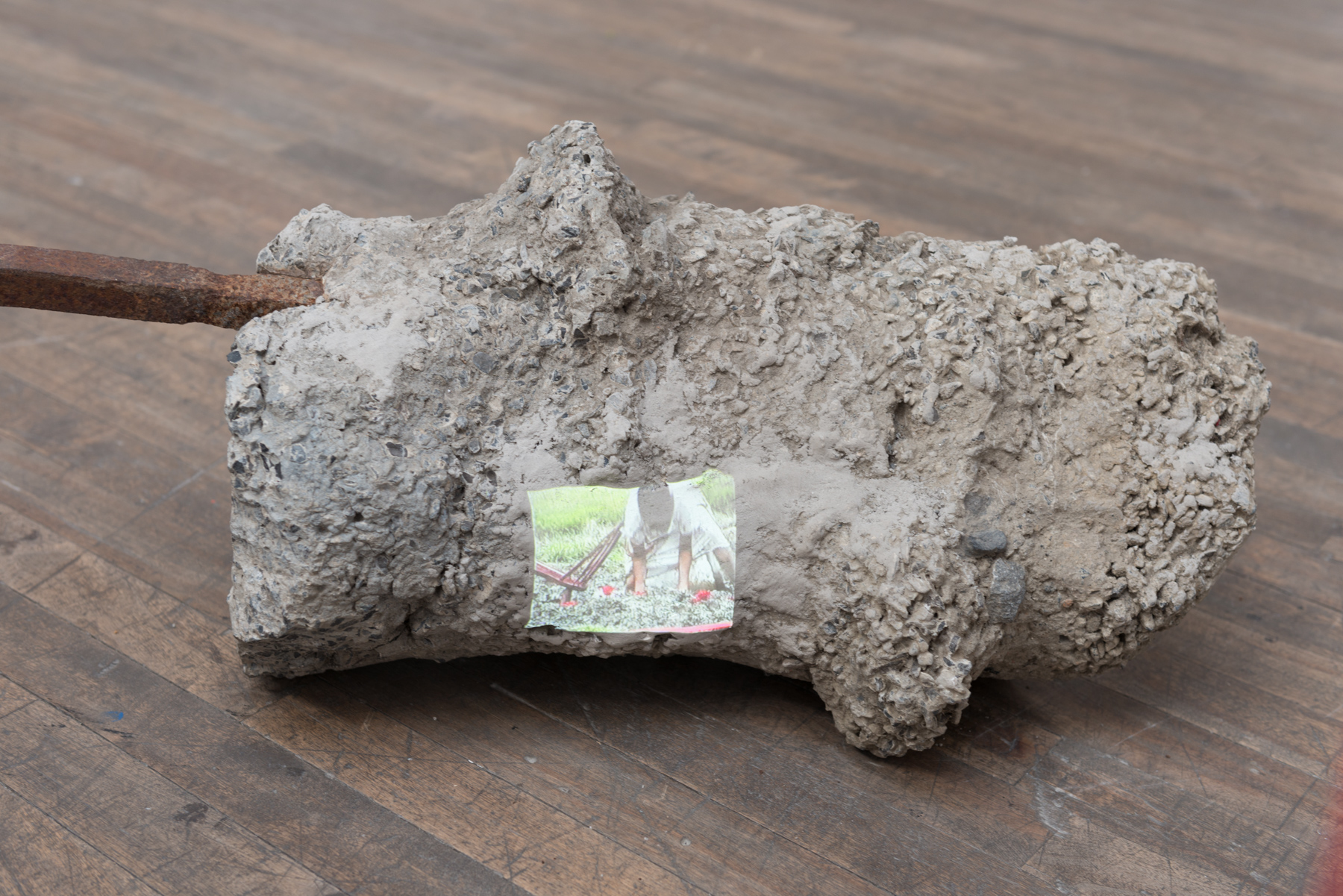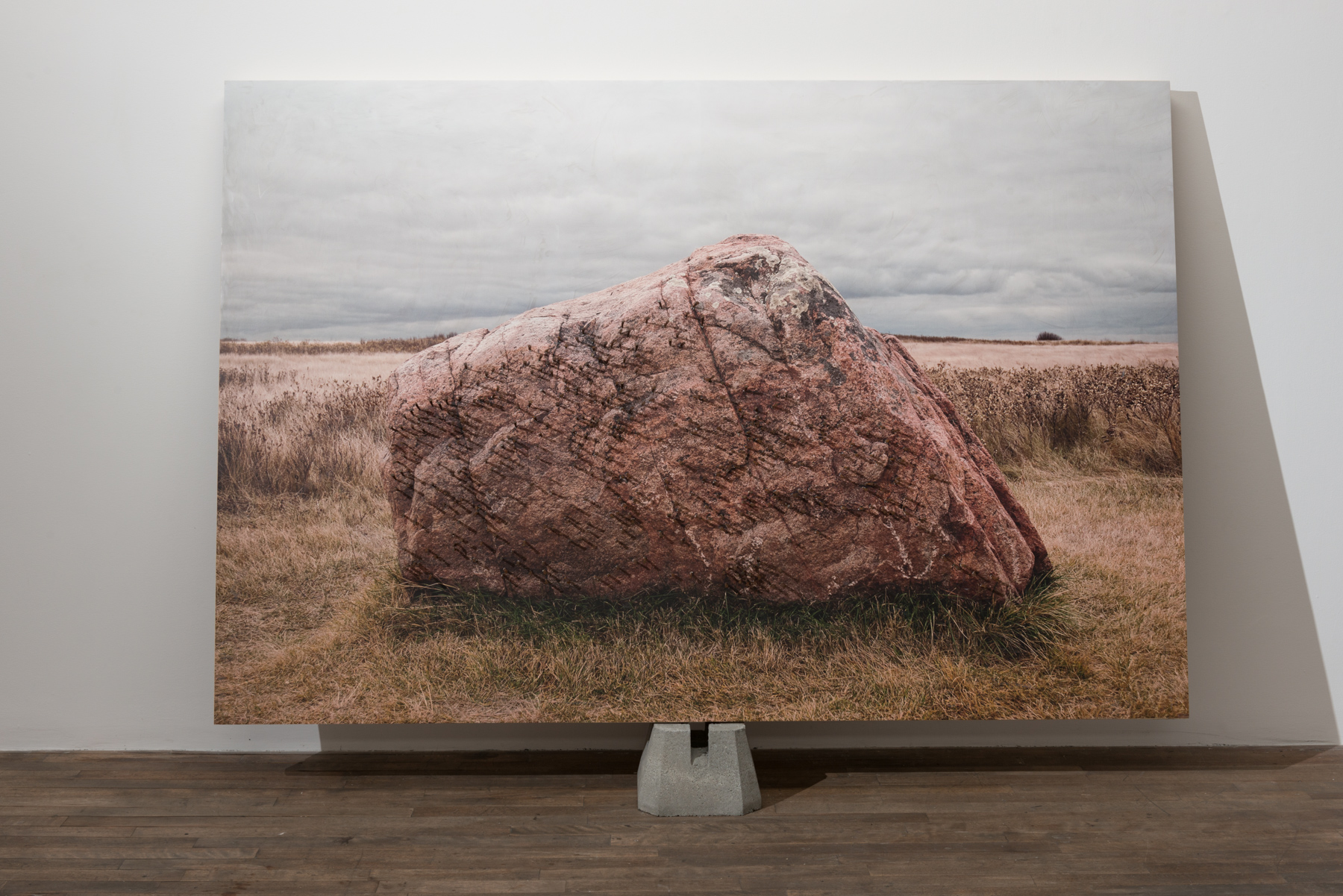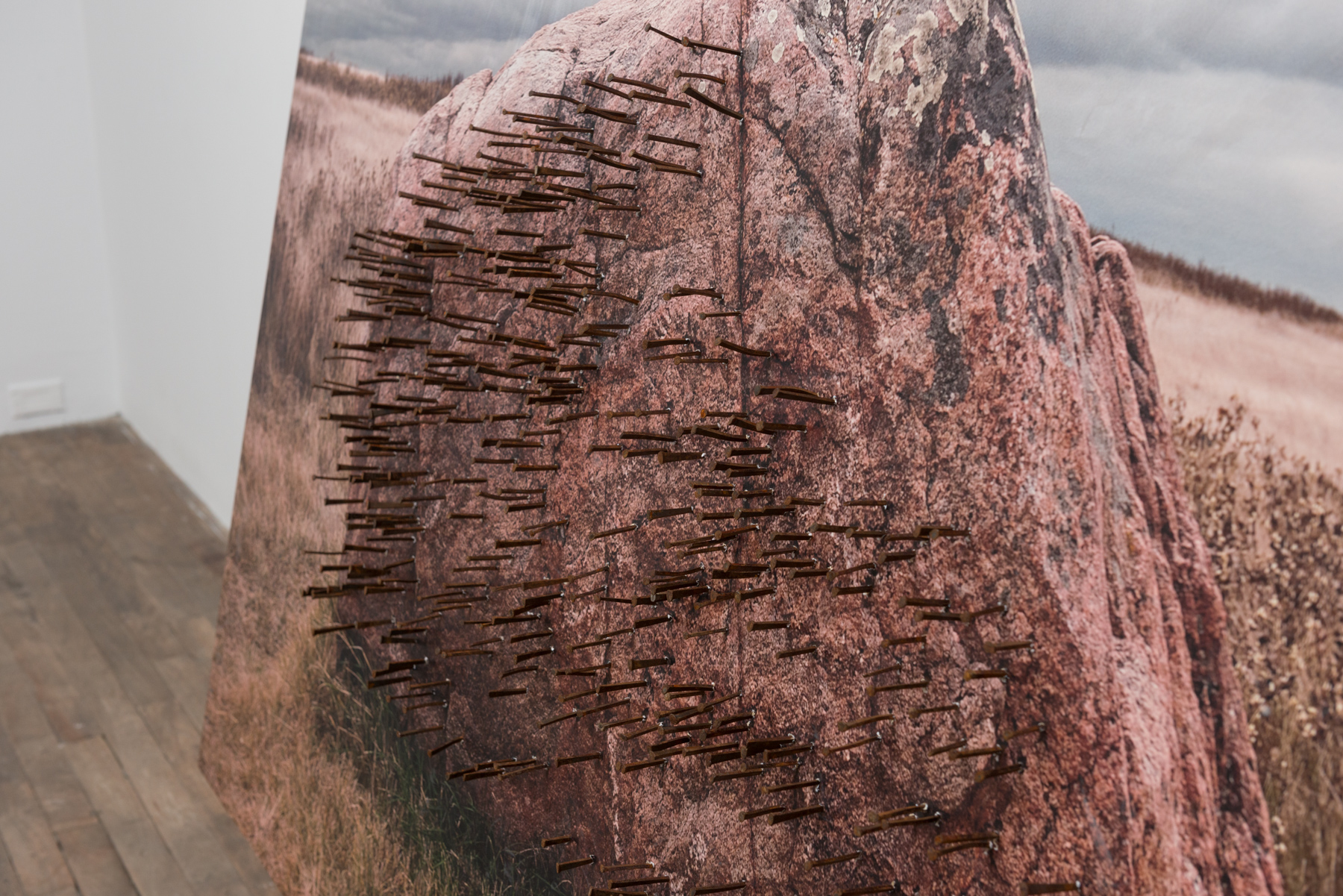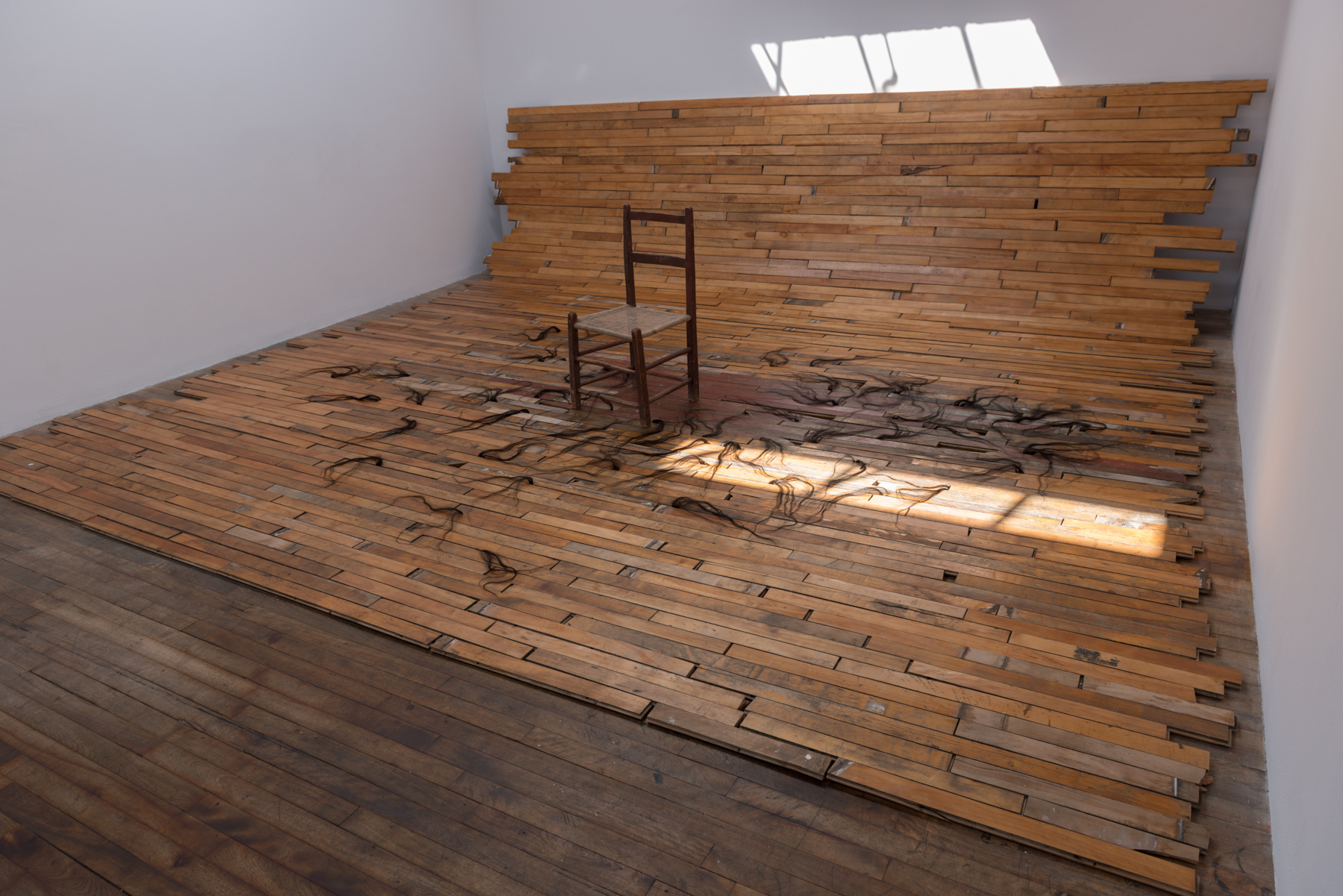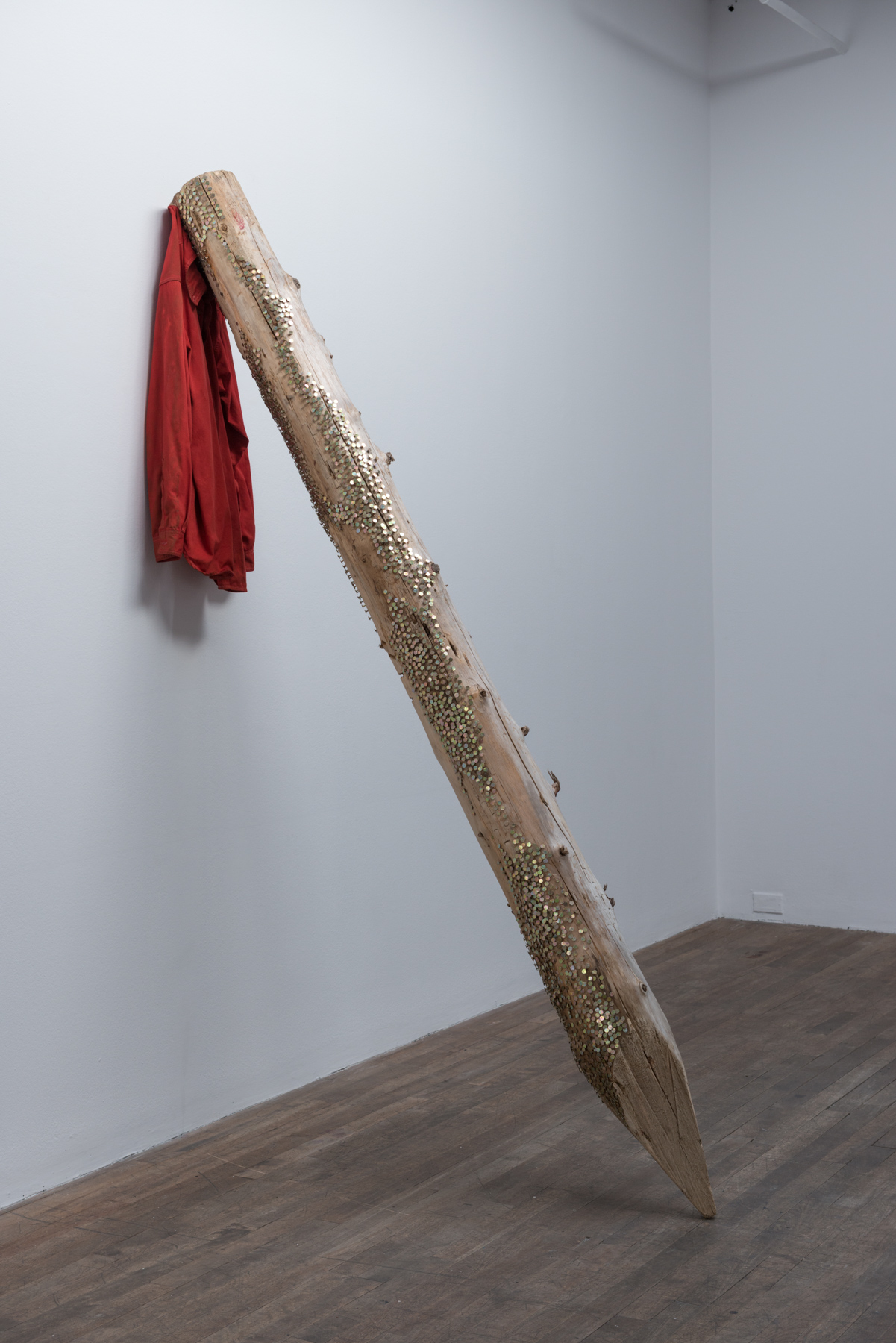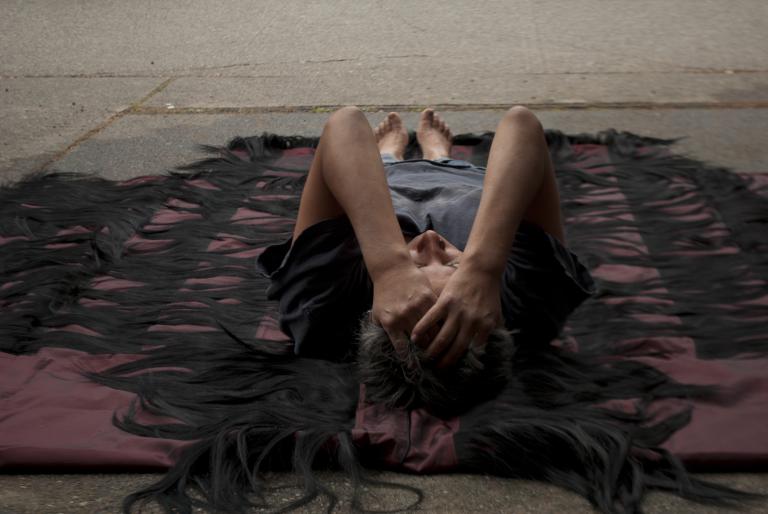For her guest solo exhibition at OBORO, Rebecca Belmore draws from the documentation of past performances as a point of departure for creating new sculptural works, investigating notions of presence and absence. Situated somewhere between the live experience and the existing documentation, this exhibition is a research on the endurance of an image over an action. “I never paid much attention to the documentation of my performances, I was too focussed and concerned about being present and making the work. The documentation that I do have exists because of others, usually my hosts. Some of this material is good, some not so good. It is what it is, and I have made much use of it, especially in the context of the artist talk. The documentation of these artworks, captured usually by one point of view, one solitary lens has oddly become stronger than my own memory of the lived experience, especially the earlier works. Through the practice of projecting these images and speaking of them over and over again – places me, the artist in the position of performer once more – somehow present and distant at the same time."
OBORO is honoured to host Rebecca Belmore 20 years after her performance and artworks for the exhibition and book Indian Princesses and Cowgirls: Stereotypes from the Frontier, curated by Marilyn Burgess and Gail Guthrie Valaskakis, in 1995.
